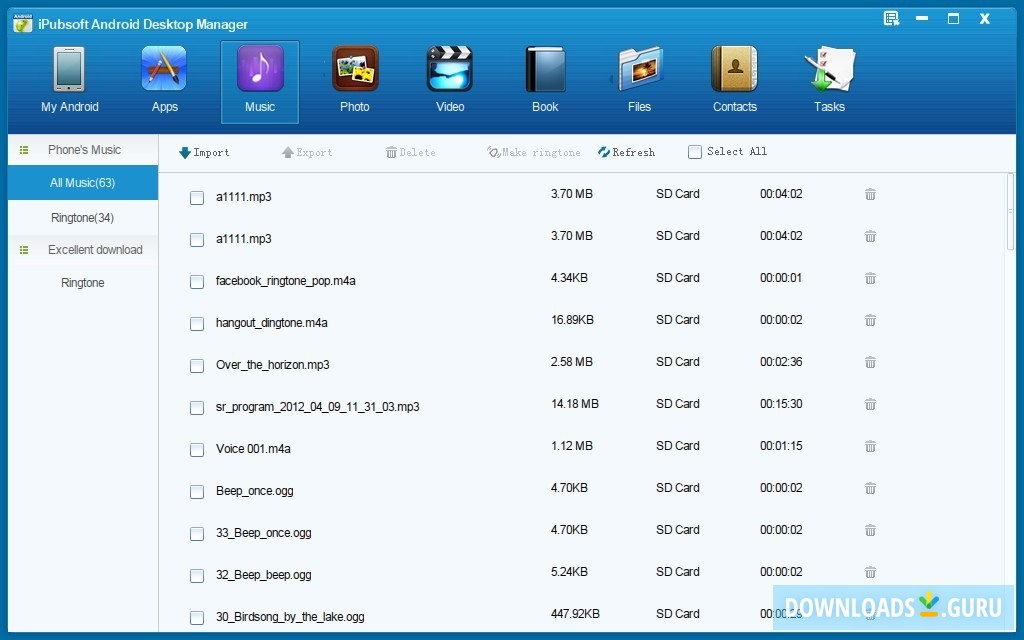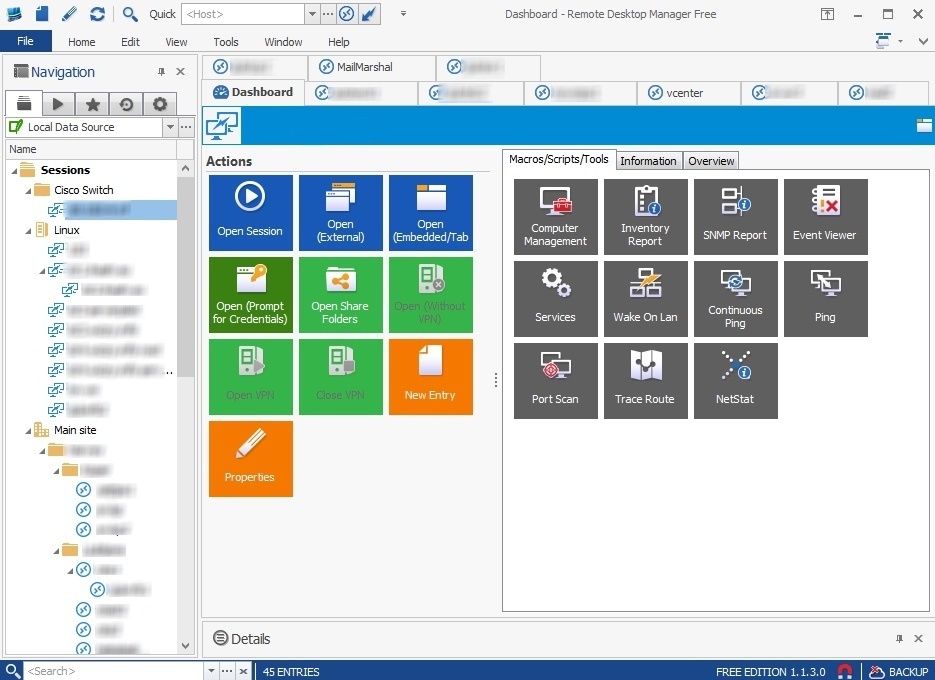
If you're using the Task Manager in compact mode, click the More details button in the bottom-left corner.Use the Ctrl + Shift + ESC keyboard shortcut to open the Task Manager experience.In the rare case that the Start menu doesn't start automatically (no pun intended), then you can force it using these steps: Also, unlike Explorer.exe, whether you terminate or restart the process, StartMenuExperienceHost.exe should always start again automatically. Set backgrounds for desktops You can also choose different backgrounds for each desktop if youre using a picture. To switch to another desktop, select Task view again. Open the apps you want to use on that desktop. Just keep in mind that if you end the StartMenuExperienceHost.exe process it won't terminate the Explorer.exe process. Create multiple desktops On the taskbar, select the Task view icon, then select New desktop. However, you won't necessarily need to terminate both processes to troubleshoot issues, as ending the Explorer.exe will also automatically reset the new Start process. Starting with the Windows Update, the Start menu will appear as a separate StartMenuExperienceHost.exe process to streamline debugging and isolate the feature from possible problems.


Windows Explorer process changes with the May 2019 Update Press Windows + R > Type services.msc and press Enter. You could do so if you’re still running Windows 7 or Vista. After you complete the steps, the Explorer.exe restart again hopefully fixing freezes and other issues with the desktop environment. Microsoft removed the option to disable DWM since the release of Windows 8.


 0 kommentar(er)
0 kommentar(er)
